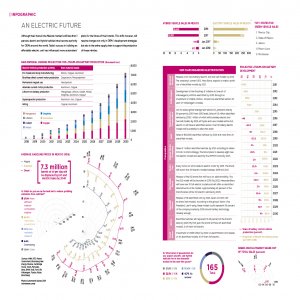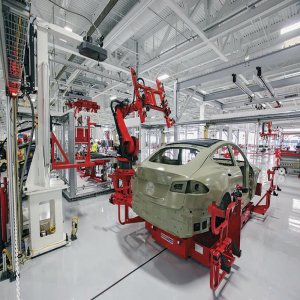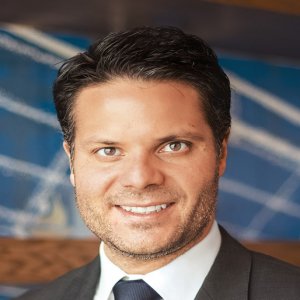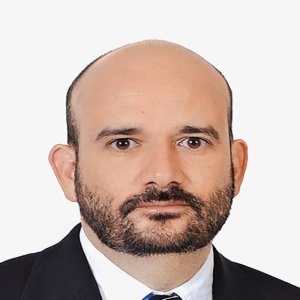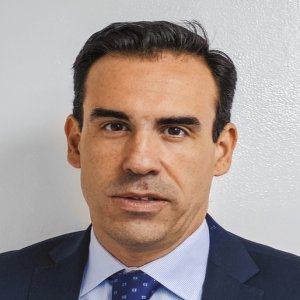NAFTA 2.0: Expected Stepping Stone for Growth

STORY INLINE POST
Q: What opportunities can a modernized NAFTA 2.0 bring to the Mexican manufacturing industry?
A: Even before NAFTA 2.0 is defined, North America has achieved competitiveness and consumption levels that can hardly be ignored. In terms of manufacturing, the region is so closely integrated that any separation between these markets would mean the dismantling of a world-class value chain and an important loss of competitiveness against other regions. Mexico has started focusing on the production of high added-value manufactured goods and has the potential to successfully take part in the global market. In 2017, within the automotive sector, Mexico became the seventh-largest light-vehicle producer worldwide, reaching record production of over 3.8 million light vehicles and ground-breaking exports of 3.1 million light vehicles, despite uncertainties around the future of NAFTA. Mexico continues to attract significant foreign investment and the sector maintains a favorable outlook. We expect this sector to continue growing and advancing towards a most likely output of 5 million light units by 2020 or 2022.
Q: What is the role of development banking in supporting growth of the Mexican automotive industry?
A: Development banks usually are the first point of contact for foreign investors interested in a new country. Development banks focus on attracting and channeling projects until they consolidate. After that, it is time for commercial banks to jump in and support investors. Part of Bancomext’s job is making sure investment projects have the funding required to initiate operations. In recent years, Bancomext has channeled around MX$100 billion (US$5 billion) to the automotive industry, providing liquidity and funding capital expenditure for investment projects in the vehicle sector. However, we not only support foreign investors in Mexico but also suppliers and service providers in lower tiers of the supply chain. Bancomext has achieved an average annual growth of 9.8 percent in the last five years in its automotive-oriented credit portfolio. We usually are in the top position when it comes to offering funding to the Mexican automotive industry. In 2017, we grew our portfolio for this industry by 20 percent to close to MX$12 billion (US$600 million). Bancomext’s product mix includes not only first-floor or direct credit, but also guarantees, letters of credit, factoring and second-floor credit in which we increased by 237 percent the outstanding balance from 2012 to 2017.
Q: How does Bancomext accompany investors interested in Mexico?
A: Most of these players already have information about Mexico and want to know how to introduce their investments. As a development bank, Bancomext addresses these companies’ concerns and supports them as they land their investment projects. Companies may be interested in finding technology partners or co-investors and Bancomext helps them by taking advantage of our solid business intelligence. We know many companies participating in each industry and we have several credit lines with other development banks around the world to pull FDI toward Mexico.
Q: How do quality system certifications boost the appeal of an automotive company in the eyes of Bancomext?
A: Certifications are essential if a company wants to be a part of the automotive industry. Having certifications proves that a company has good technical, administrative and financing capabilities and thus can deliver orders and generate enough revenue to pay for financing, which mitigates risks.
Q: How can Special Economic Zones (ZEEs) become more attractive for automotive companies?
A: The automotive industry is generally organized in regional clusters. ZEEs open a natural space for the industry but so far, these zones have been established outside these regional clusters, so it will take time for an automotive company to move into one of these areas. There are companies interested in establishing in those areas but it might be easier and faster for companies in other sectors.

